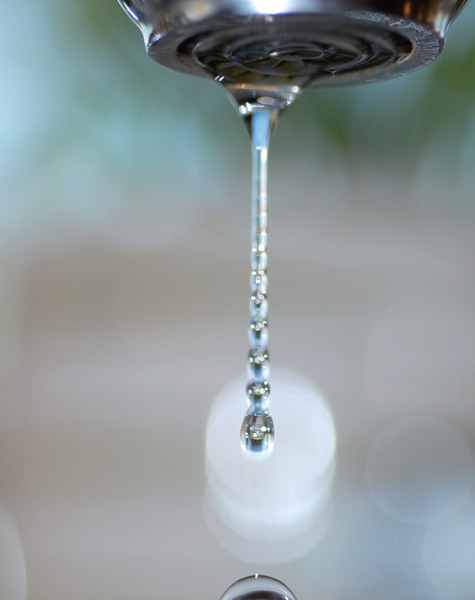by Danielle Rippingale
Dedicated to one of the earth’s most important natural resources, World Water Day is recognized every year on March 22. Water is vital to all living organisms, major ecosystems, human health, food production, and economic development, and yet is difficult to purify, costly to transport, and impossible to substitute.
The theme for World Water Day 2010 is ‘communicating water quality challenges and opportunities,’ which aims to increase the profile of water quality on a political level so that water quality considerations (water treatment, health and technology) are made alongside those of water quantity. With over 80 countries already experiencing serious water shortages and more than one billion people relying on unsafe drinking water sources, this is a day when we in the developed world could do well by improving our personal conservation measures.
Water is important to many cultures beyond its simple ability to quench thirst. Central to many religions and beliefs around the world, water is the source of life, symbolizing (re)birth. It cleans the body, purifies it both physically and symbolically, and is therefore a key element in ceremonies and religious rites. Water is often perceived as a divine agent in many religions, and its sacredness is conferred to rivers, rain, lakes, glaciers, hailstorms and more. The liberal use of water in Japan is most likely related to the Shinto veneration of kami, the innumerable deities believed to inhabit nature. Rituals begin by purification with water—an act that restores order and balance between nature, humans and the deities.
ECO FACT
An estimated 14,000–30,000 people die every day from avoidable water-related diseases.
Wasted everywhere, we are misguided if we think water is an infinite resource. Nature has a wonderful filter system, however groundwater takes 1,400 years to replace and aquifers are being drained faster than they can be replenished. Couple this with overuse and pollution, and a grim picture of a rapidly exhausted global water supply emerges. Furthermore, with 260 river basins shared by two or more countries, it is not surprising that border tensions are arising as water becomes scarcer. Wars over natural resources are nothing new, so let’s make sure water isn’t the next oil.
Commit to conserve by taking these easy steps:
1. Reduce toilet water use.
Toilet flushing uses the most water in the household. While Japan’s early adoption of the dual flush toilets has led to significant conservation of water, it is important to make sure you are using it properly. The symbols mean full (大) and half (小) flush. Although you may hesitate to wash your hands with the faucet at the top of the toilet cistern, this is clean water and a fantastic conservation measure.
2. Buy a front-loading washing machine (when upgrading or in the market for a machine).
Front loaders use a fraction of the water that toploaders do, and work best with a full load of clothes. If you are still not convinced, front loaders are also gentler on your clothes, since gravity is used to move them around, rather than a central agitator. If you have a top-loader, resist the temptation to run it on less than a full load—it will save you in water and energy use.
3. Use both sides of the paper.
It takes 10 liters of water to make a sheet of paper. The pulp and paper industry is the third largest water polluter, producing over 100,000 tons of toxic refuse each year.
4. Food for thought.
One kilogram of meat requires 5 to 20 times more water than required for the equivalent in grain. Vegetarian eating can be challenging in Japan, however there are plenty of good Indian restaurants in Tokyo that always have delicious veggie options. Visit sites like www.bento.com for more vegetarian restaurants in Tokyo.
5. Get back to the tap.
Bottled water can cost up to 1,000 times more than tap water, and yet the majority of bottled water is just that: tap water. The bottled water industry contributes to pollution through its manufacturing, shipping and plastic bottle waste, and it is no better for you than municipal Tokyo water.
6. Slow the flow.
Many kitchen sinks in Japan are unusually big and washing your dishes can waste a lot of water. Rather than filling the sink or washing and rinsing under a steady water flow, put a large bowl or two (stainless steel or plastic) inside your sink to wash and rinse your dishes. If your water heater takes a while to heat up, collect the cold water in a pitcher to water household plants, fill your kettle and water filter jug, etc.
GREEN GLOSSARY
Rain harvesting: The collection and storage of rainwater from a roof, driveway or other hard surface for use in landscaping, livestock feeding, and the household.
External Link:
World Water Day








